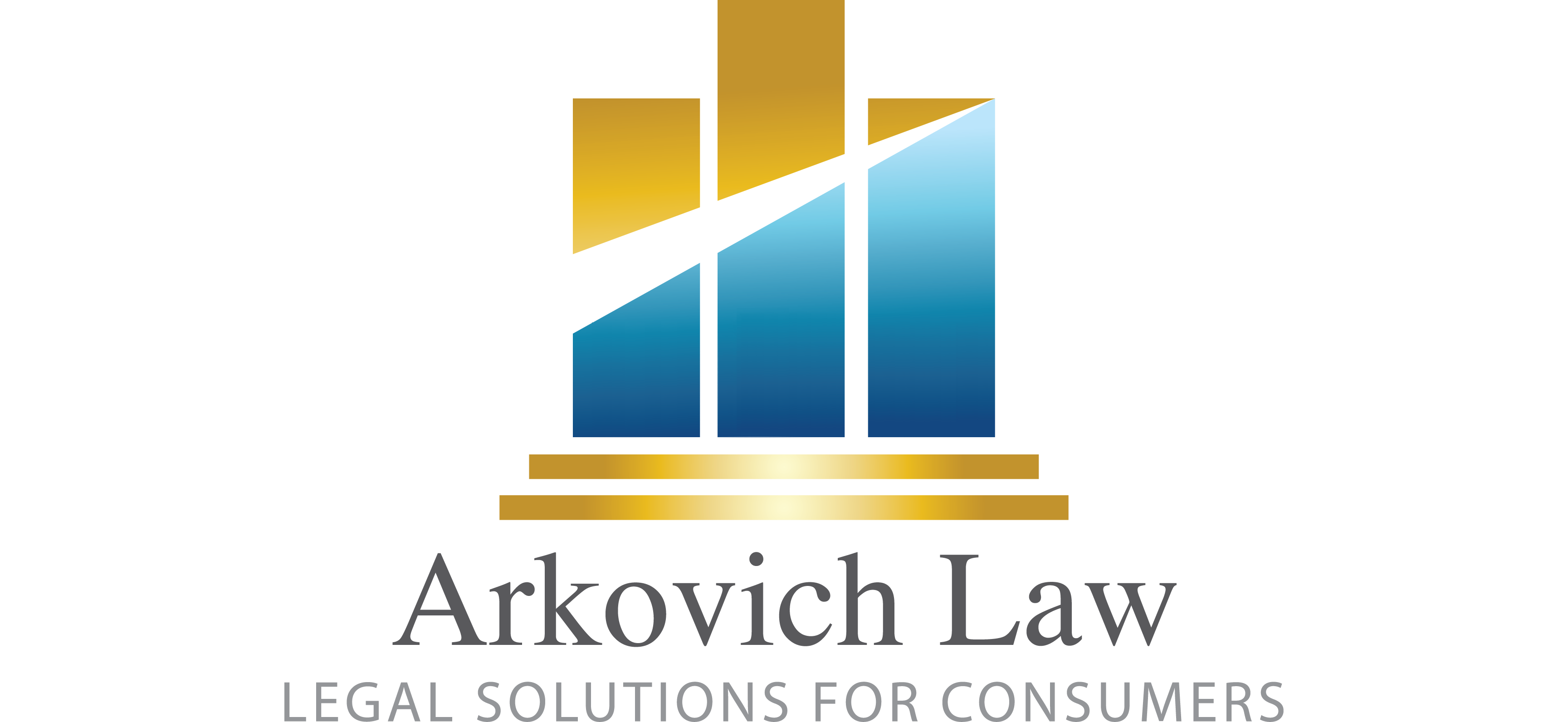Now that the real property market is at it’s high, we are seeing many more second mortgages seemingly coming out of the woodwork. Despite years of inactivity, including no communications with a borrower, second mortgages are now threatening foreclosure if payments aren’t resumed to them. What can you do if you hear from a second mortgage which you thought was charged off, included in a government settlement back during the foreclosure/financial crisis, discharged in bankruptcy or maybe included in a prior loan mod?
Besides filing a Consumer Financial Protection Bureau complaint, which we recommend, there are a number of defenses that we utilize to prevent a foreclosure. The first involves raising federal statutory protections which require notice to the borrower of transfer of ownership, transfer of servicing and periodic statements. Failure to comply with any of those requirements under the Truth in Lending Act (“TILA”), and the Real Estate Settlement Procedure Act (“RESPA”) can create statutory and actual damages.
Bankruptcy may present options to either pay off the second mortgage under terms you can afford, or even strip it off the property in the right circumstances. You can challenge the amounts owed by objecting to any proofs of claim filed in a bankruptcy. You can also surrender the house and discharge any remaining debt.
 Are you having trouble with your federal student loan servicer who is asking for income documentation? You can avoid all that for now, by simply self-certifying your income. You can self certify through February 29, 2024 and here is how:
Are you having trouble with your federal student loan servicer who is asking for income documentation? You can avoid all that for now, by simply self-certifying your income. You can self certify through February 29, 2024 and here is how: Reboot Your Life: Tampa Student Loan and Bankruptcy Attorney Blog
Reboot Your Life: Tampa Student Loan and Bankruptcy Attorney Blog



